When the heat sets in and the air feels heavy, it’s tempting to reach for the AC remote.
But what if you could stay cool without electricity? Whether you’re living off-grid, saving on energy costs, or just trying to beat the heat naturally, there are plenty of practical ways to keep your home cool.
With a few thoughtful tweaks, you can turn your house into a breezy, comfortable retreat.
1. Open Windows Strategically
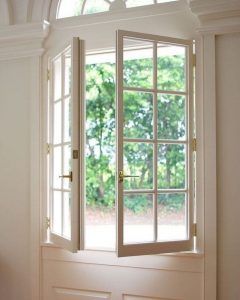
Timing matters more than you think. During early morning and late evening, open windows on opposite sides of your home to create a cross-breeze.
This natural airflow pushes hot air out while drawing cooler air in.
Once temperatures climb, close the windows and curtains to trap that morning coolness inside.
2. Use Curtains and Blinds Wisely

Sunlight streaming through windows can raise indoor temperatures dramatically.
Keep blinds and curtains closed during the hottest hours, especially on south- and west-facing windows.
If possible, use light-colored or reflective curtains to bounce heat away. In the evening, open them again to release trapped warmth.
3. Create Shade Outdoors
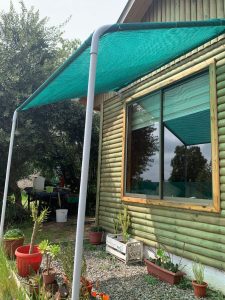
A shaded home is a cooler home. Plant fast-growing trees or vines along the sunniest sides of your house.
You can also install awnings, pergolas, or shade sails to block direct sunlight from windows and walls.
Even something as simple as hanging an outdoor tarp or bamboo screen can make a big difference in reducing radiant heat.
4. Cook Outdoors When Possible

Every time you cook inside, your kitchen becomes a mini furnace.
Opt for outdoor cooking such as a grill, solar cooker, or even a camp stove to keep the heat out.
If you must cook indoors, choose early mornings or late evenings, and use smaller appliances like slow cookers or microwaves instead of the oven.
5. Hang Wet Sheets or Towels
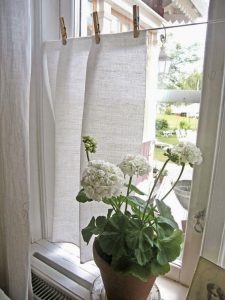
It’s an old but effective trick. You just hang damp cotton sheets near open windows or doorways.
As air moves through them, it evaporates moisture and cools the air naturally like a DIY evaporative cooler.
This works best in dry climates where humidity is low.
6. Make Use of Natural Ventilation
If your home has attic vents, open them to let rising hot air escape.
You can also crack open the top section of upstairs windows while keeping lower ones closed to encourage upward airflow.
For single-level homes, open windows on the windward side and slightly on the opposite side to create a pressure difference that drives cool air through.
7. Sleep Cooler
When nighttime heat lingers, switch to lightweight cotton or bamboo bedding.
Freeze a water bottle and wrap it in a towel to place at your feet before bed.
You can also fill a shallow pan with cool water and place it near your bed, as the water evaporates, it gently cools the air around you.
8. Stay Hydrated and Cool Your Body First
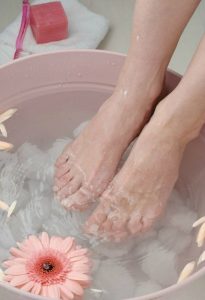
Sometimes, it’s easier to cool yourself than your entire home.
Drink plenty of water, and mist your skin with a spray bottle. A damp washcloth placed on your neck or wrists cools blood flow quickly.
Even soaking your feet in cool water for a few minutes can lower your body temperature.
9. Use Cross-Ventilation Doors
If your home layout allows it, open interior doors to improve air movement. Warm air trapped in closed rooms adds to heat buildup.
Keeping passageways open helps cooler air circulate freely throughout the house.
10. Optimize Roof and Wall Insulation
If you live in a hot region, insulating your home can make a surprising difference.
Good insulation doesn’t just trap heat in winter, it also blocks it during summer.
Reflective roof coatings or radiant barriers can deflect sunlight and prevent attic heat from radiating downward into living spaces.
11. Grow Indoor Plants
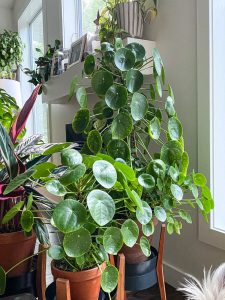
Certain houseplants, like peace lilies, areca palms, and snake plants, naturally lower ambient temperatures through transpiration.
They also increase humidity slightly, which can make air feel more comfortable.
Cluster a few plants near sunny windows to act as a natural air filter and heat buffer.
12. Use the Earth’s Coolness
If you have a basement or lower-level room, use it as your retreat during the hottest hours.
Ground temperatures are cooler, so these spaces naturally stay several degrees lower than the rest of the house.
You can even store water containers or ceramic pots in these areas, they absorb heat during the day and release coolness gradually.
Bonus Tip
Painting your roof or exterior walls in light colors like white, beige, or soft gray can reduce heat absorption dramatically.
In some cases, reflective roof paint can lower indoor temperatures by up to 10°F (about 5°C). It’s a simple upgrade that pays off year after year.

